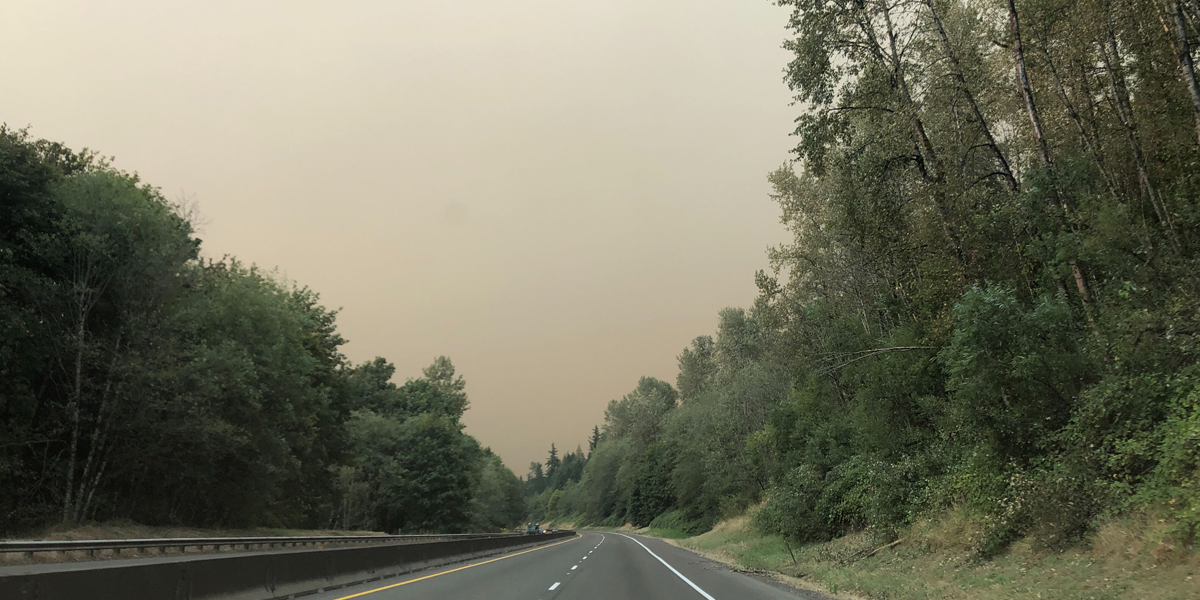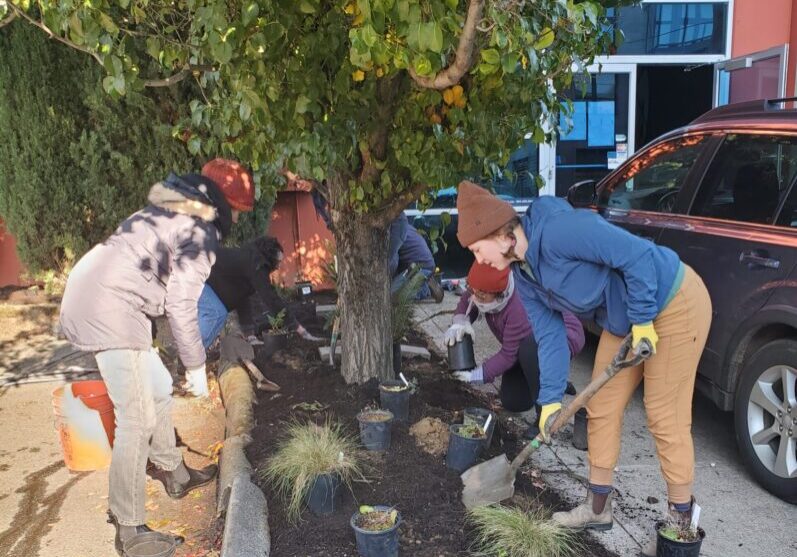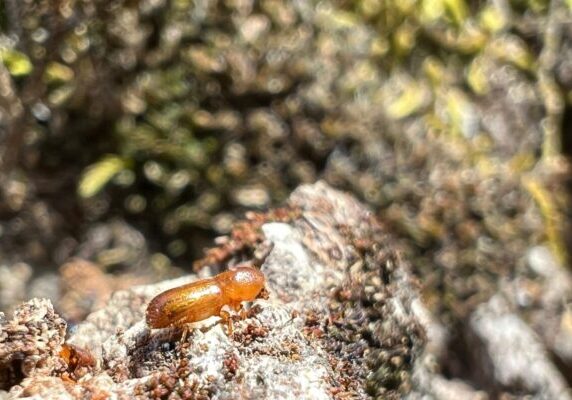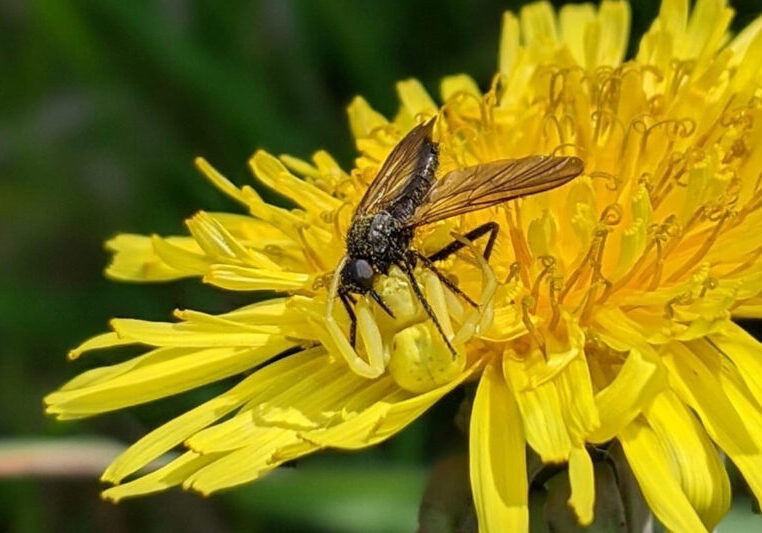Many of the woodland owners in the Tualatin Mountains have deep roots in Oregon. We’re sure many of you have close family and friends who have been greatly impacted by our recent wildfires. It’s warmed our hearts to hear stories of people on the hill taking in friends as well as livestock owned by loved ones – another example of the strong connections and community spirit in the Tualatin Mountains.
Reports are suggesting that this will be the deadliest wildfire season in Oregon’s history. The stories we’re reading are heartbreaking. The West Multnomah Soil & Water Conservation District is known for recommending actions that reduce wildfire risk, but rather than stressing those actions at this time, we prefer to encourage all of our Skyline Neighbors and nearby woodland owners to focus on human safety and prioritize their evacuation planning before they worry about land management this fall and winter. Have emergency kits ready and your “go bags” packed. These will help in wildfire evacuation as well as earthquake preparedness. Make sure you know every possible way to leave your property for a safer place. The Skyline Ridge Neighborhood Emergency Team (SR NET) has been helping people prepare for disasters like this for years. Get information from this NET at https://www.srnpdx.org/be-prepared.html.
As we recover from these fires, we’ll hear stories of homes being saved by the actions people took to reduce fuels in their forest or trim trees around their house. However, we’ll also hear many stories where people took these protective actions and still lost everything, including human life. It’s natural to ask questions like, “Why were these fires so damaging?” or “Why did they overwhelm fuels reduction projects?” There are many reasons for this, many of which land managers and scientists will be learning more about as these fires are further examined. Below are just a few thoughts for now…
- Much of the fire risk reduction that we do on forest land is related to mitigating risk from surface fires. These are the fires that burn sticks, shrubs, and other plant material lying on the ground. These fires might cause property damage, but can also help rejuvenate the ecosystem and offer benefits to many species of plants and wildlife. We thin forests to create wider tree spacing and pile slash in an effort to make sure that surface fires will burn with lower intensity and not significantly damage living trees.
- When a fire climbs a tree and starts burning the upper branches in the canopy, it will spread quickly. As these fires spread, we call them crown fires. The fires in September were crown fires which can be very damaging and unpredictable.
- One factor that leads to a surface fire becoming a crown fire is wind, and winds continue to cause problems after reaching the crown. As trees burn, strong winds can carry burning embers up to one mile away. This means that embers can literally fly over all the good forest management that you’ve done, land on your deck, and start a fire. Note that burning embers and strong winds were a major reason why the Beachie Creek, Riverside, and Holiday Farm fires grew in size so quickly. This is also why we hear frightening stories from those who evacuated of new fires starting all around them as they were driving to safety.
- During intense fires, some of the actions you’ve taken at your house might be more important than the actions on your woodland. Cleaning gutters, sweeping your deck, and several other tasks are very important. See a great list of recommendations here.
To stay safe during wildfire, the actions you take on your woodland and around your home are important. If a backyard campfire or overheated car starts a fire near your home, these measures can help offer great protection. But keep in mind that catastrophic fires are known to occur in western Oregon, and have occurred for centuries, which means that you should be prepared to evacuate. Sometimes nothing you do in preparation or to combat an active fire are enough to keep you and your family safe. Please consult the resources provided in links above to craft an evacuation plan and pack emergency items. Stay safe!



